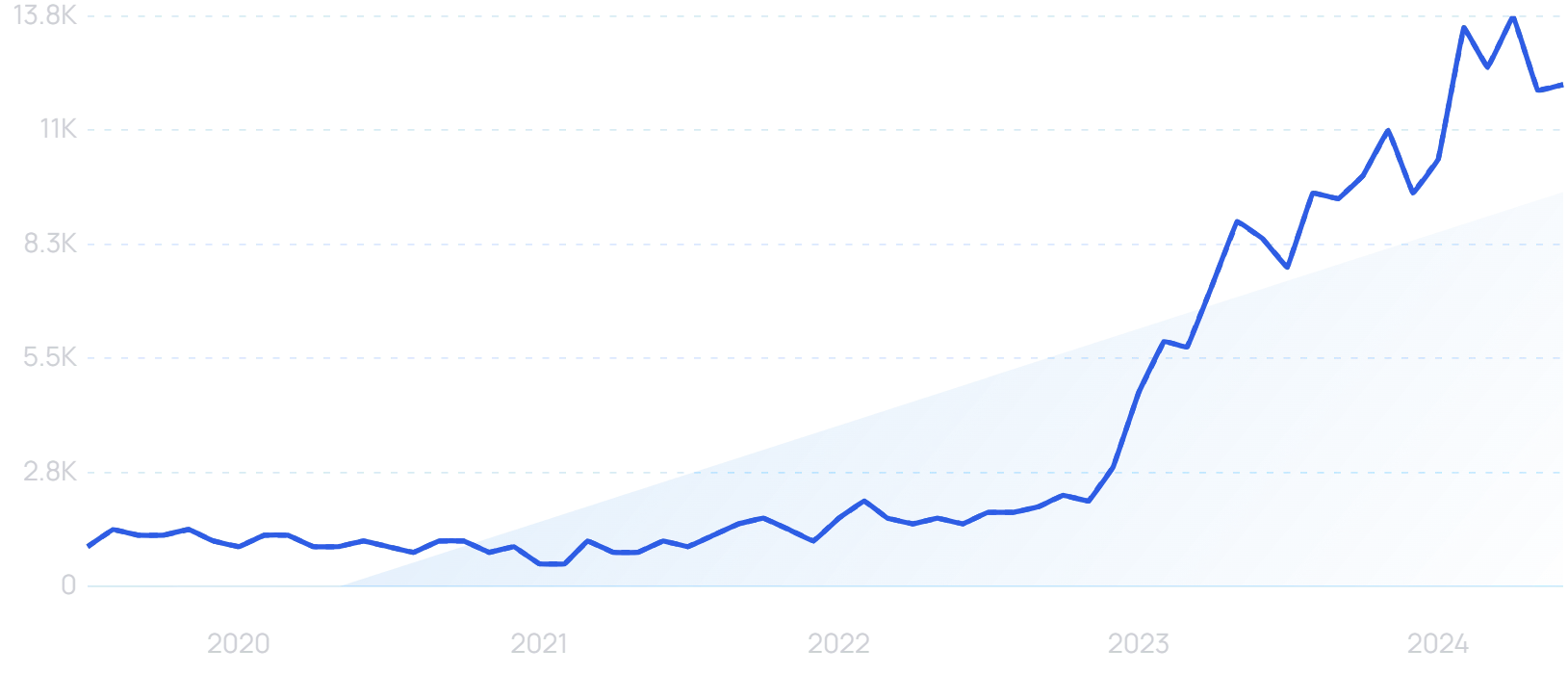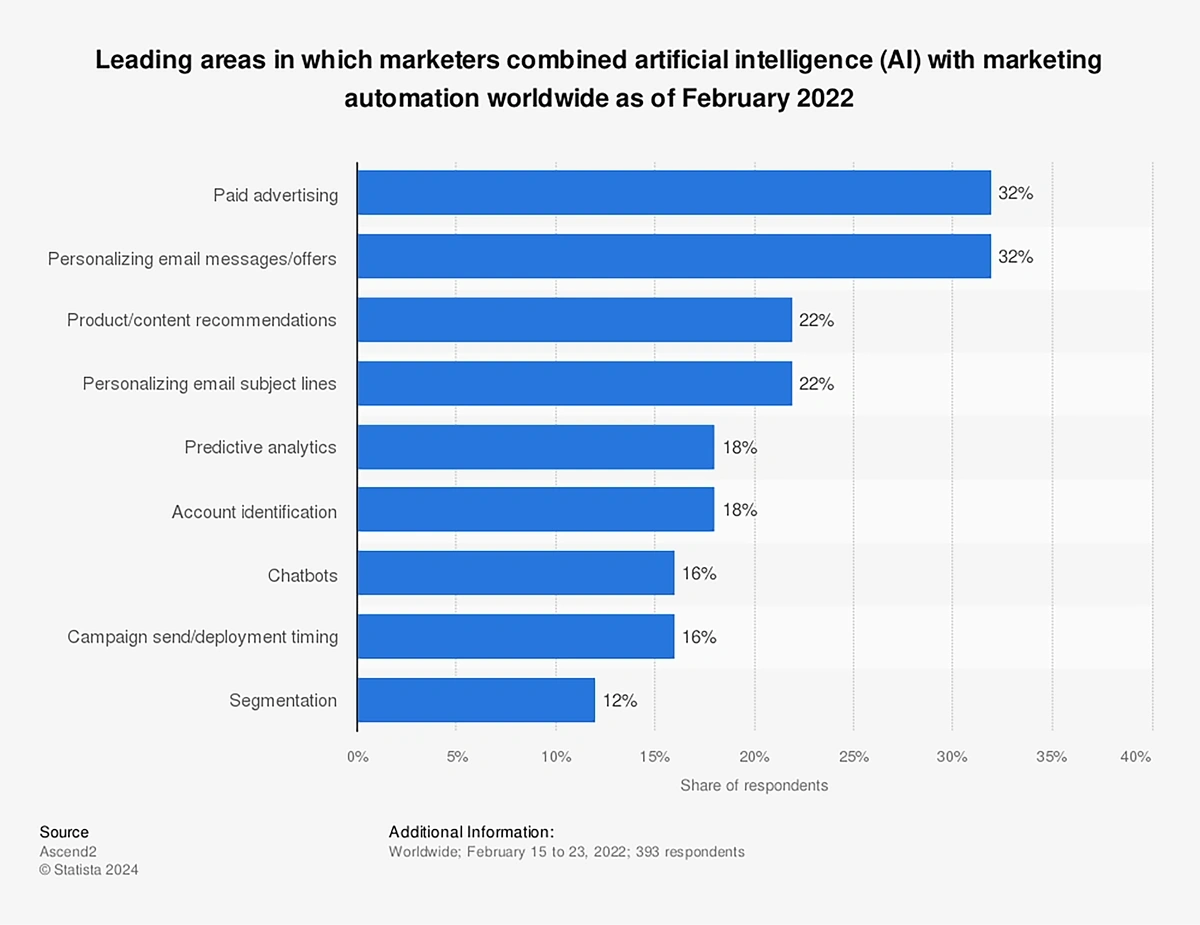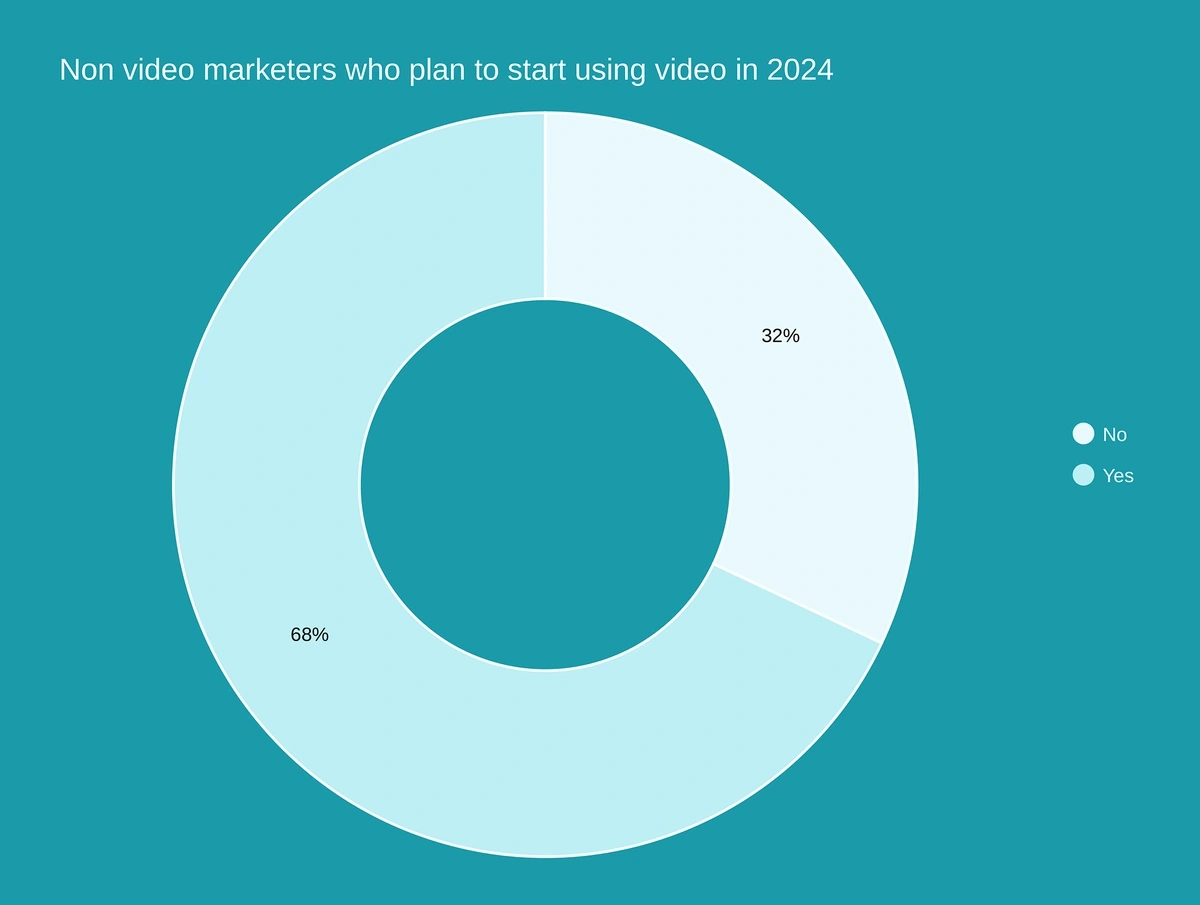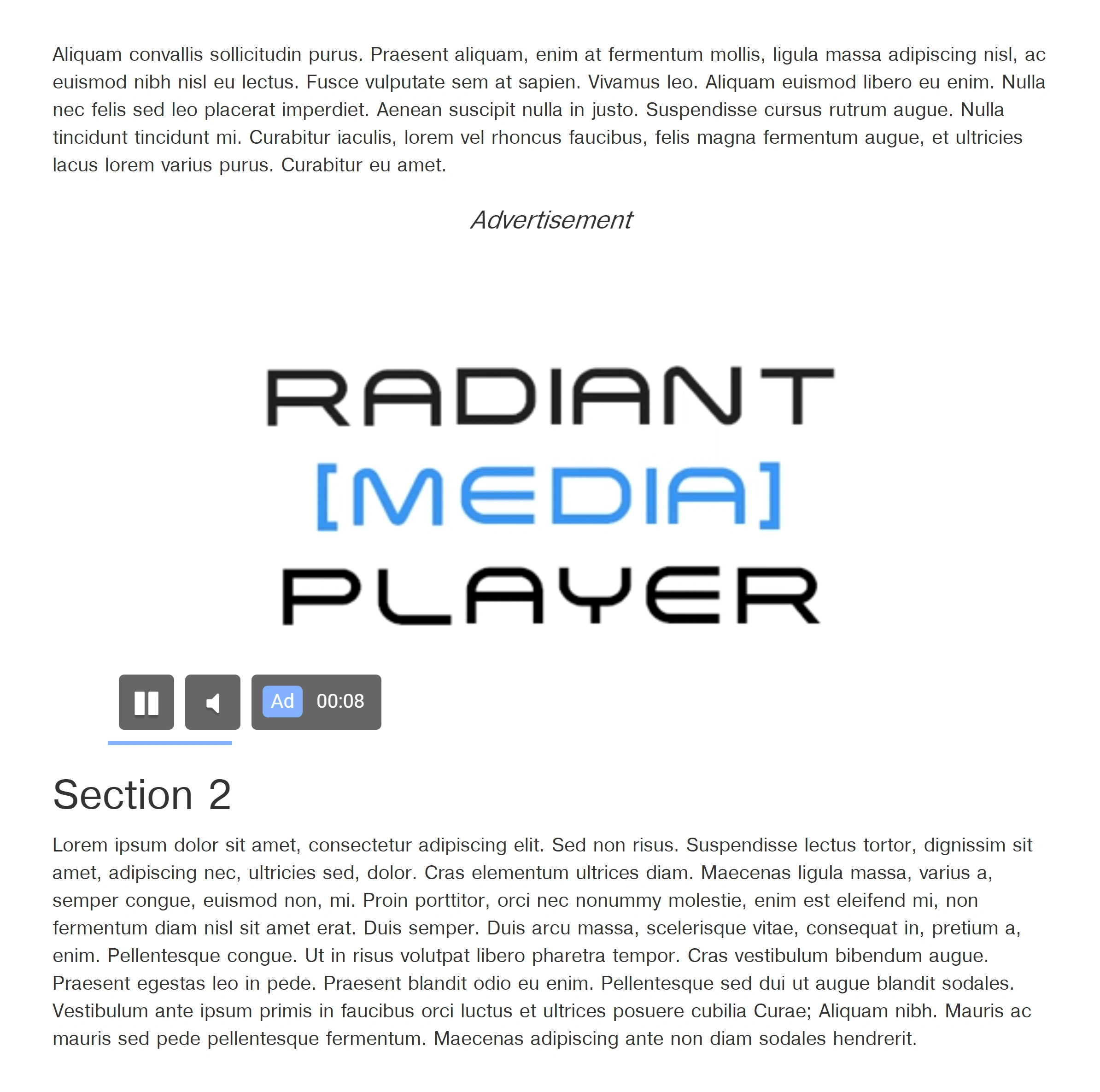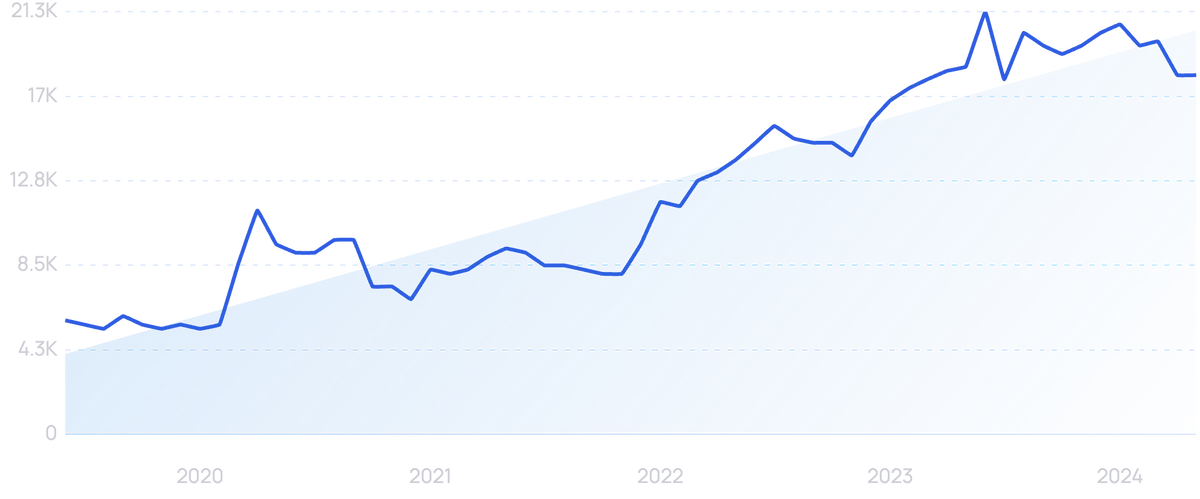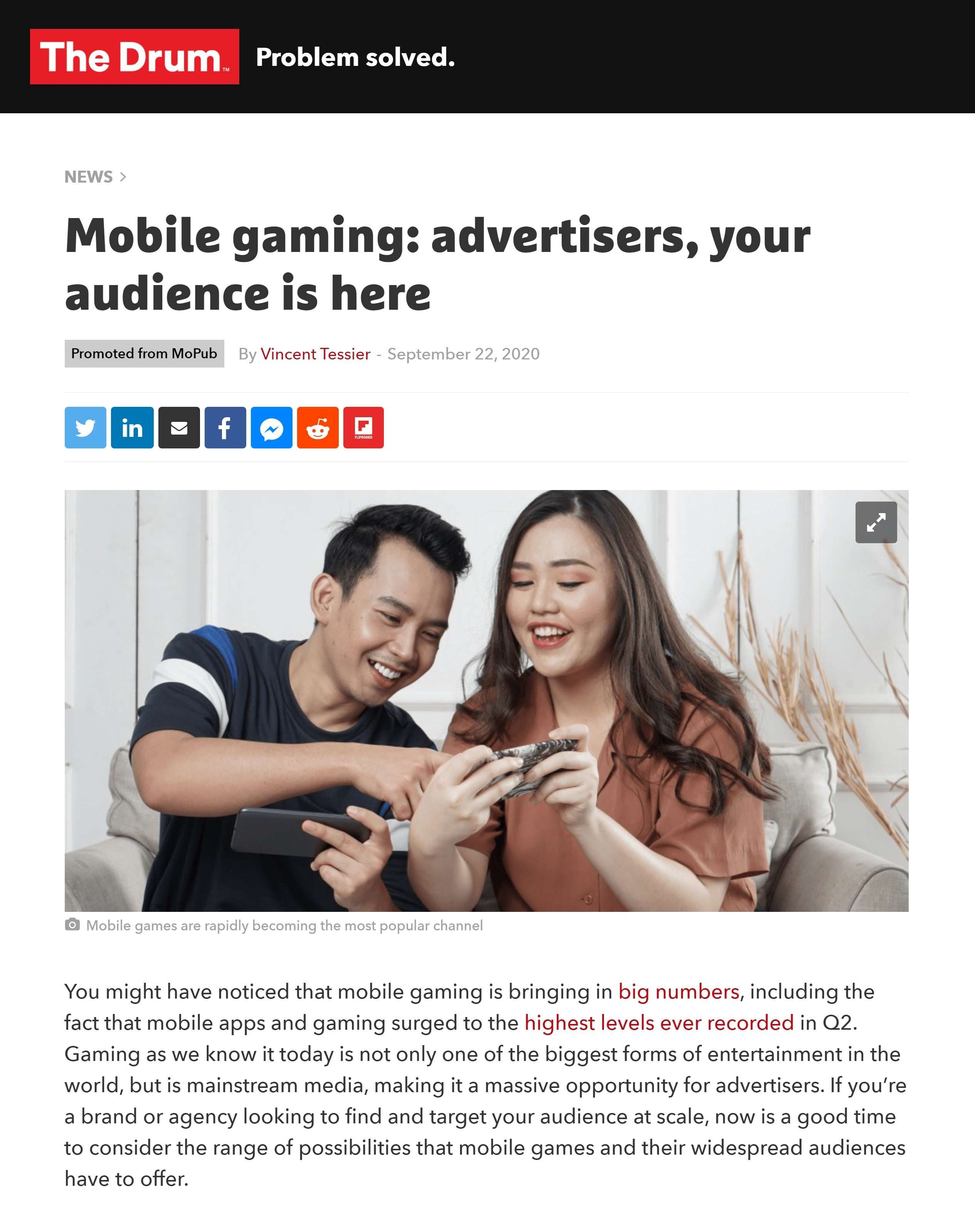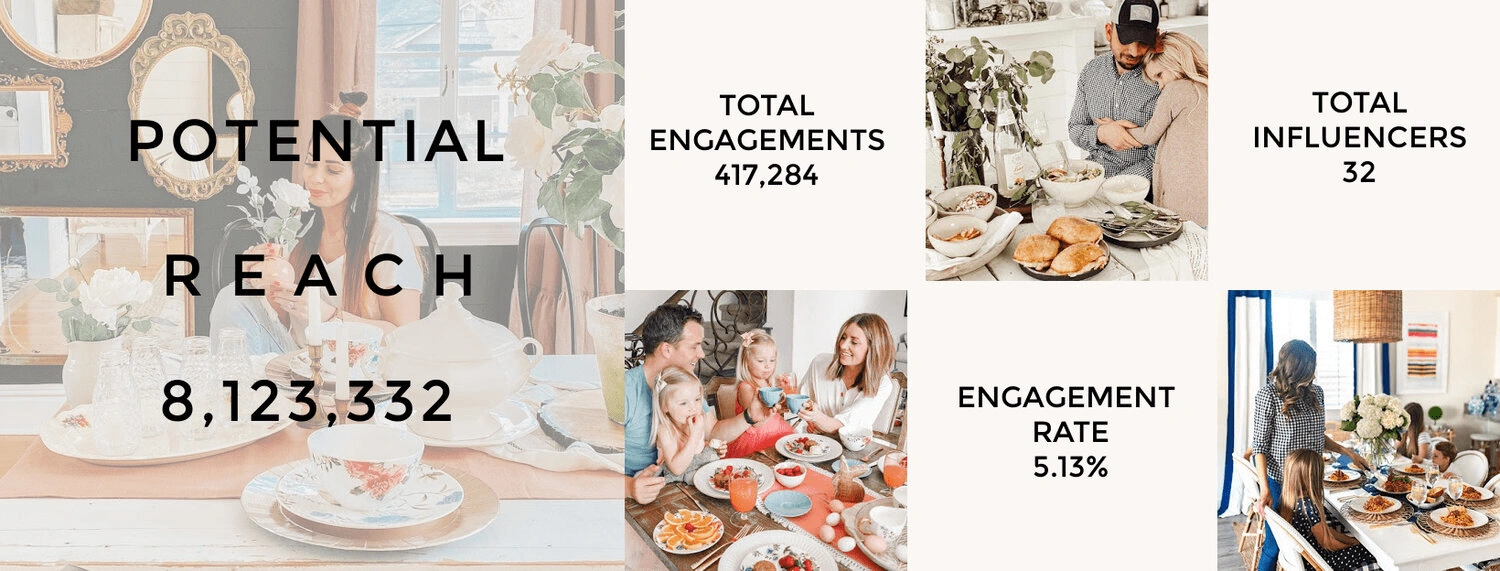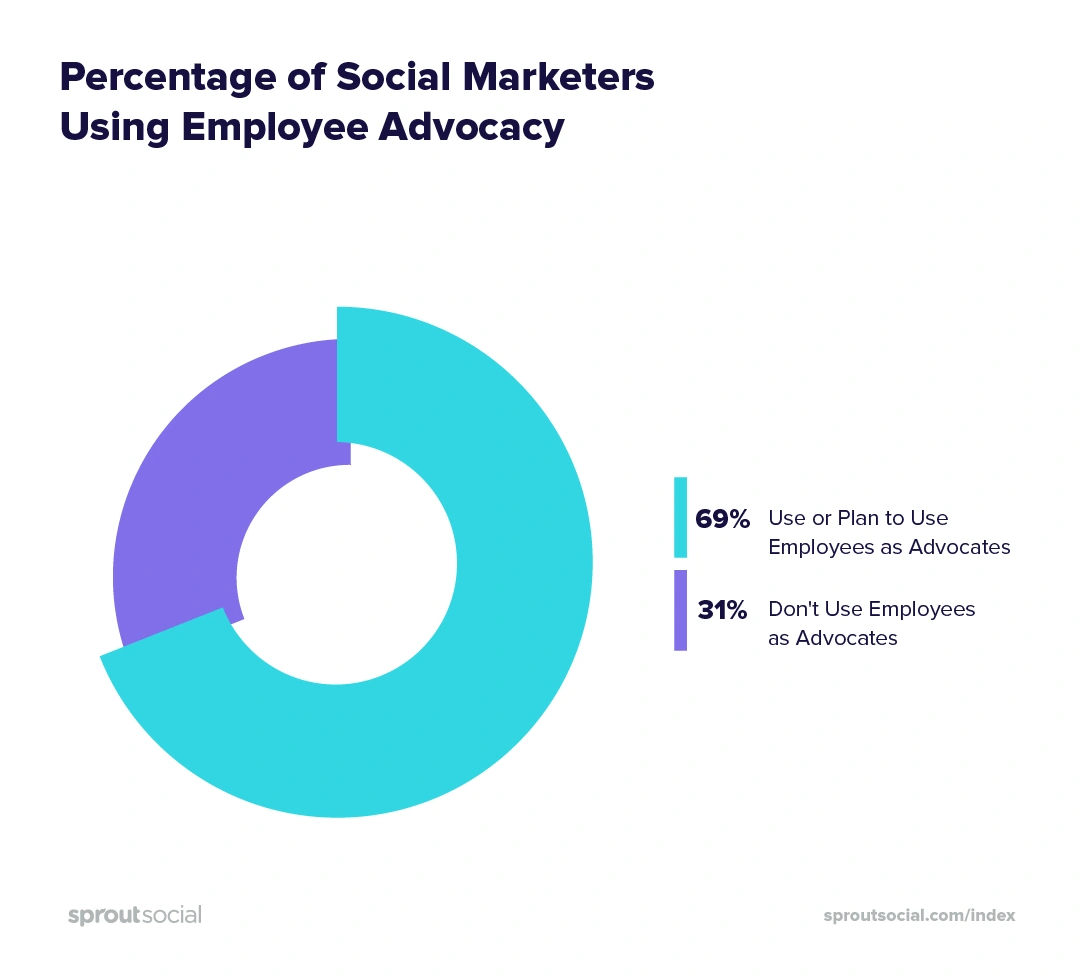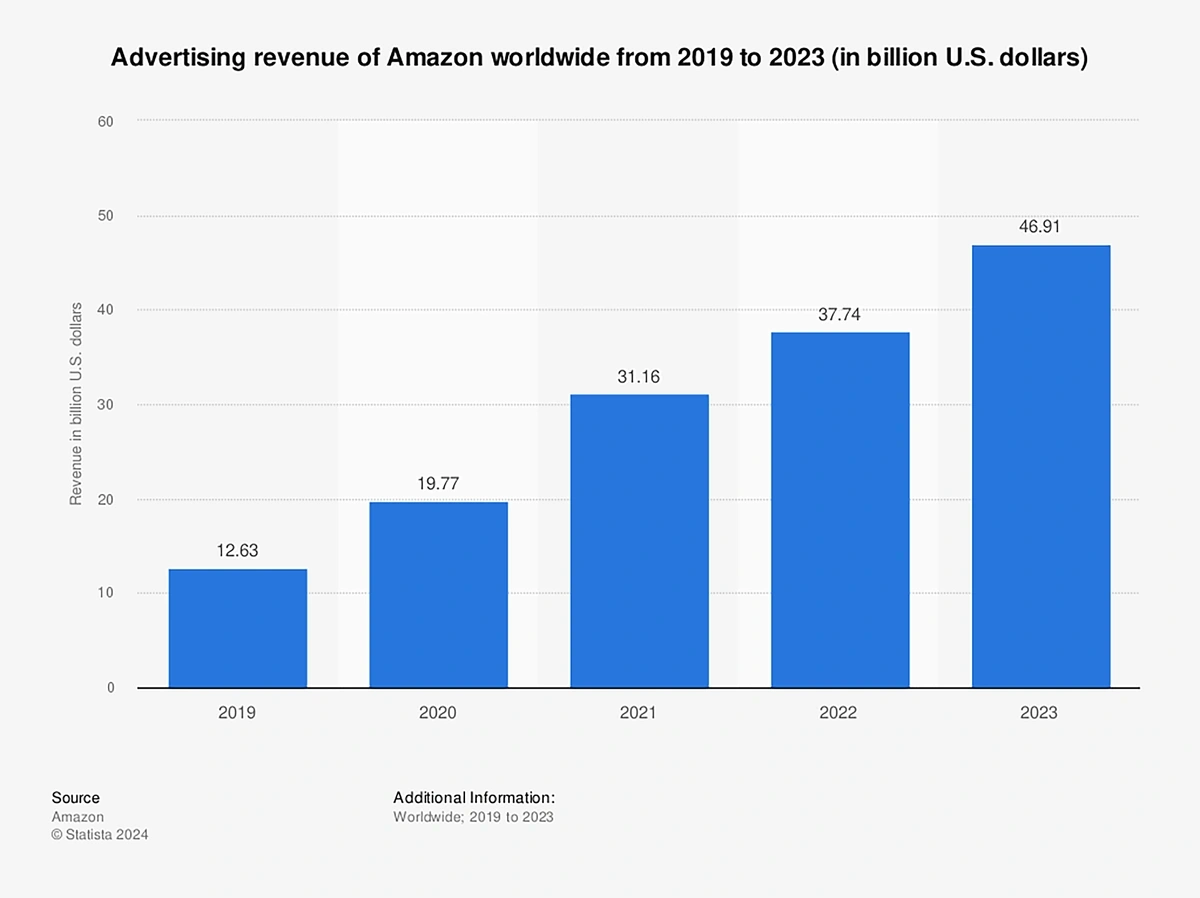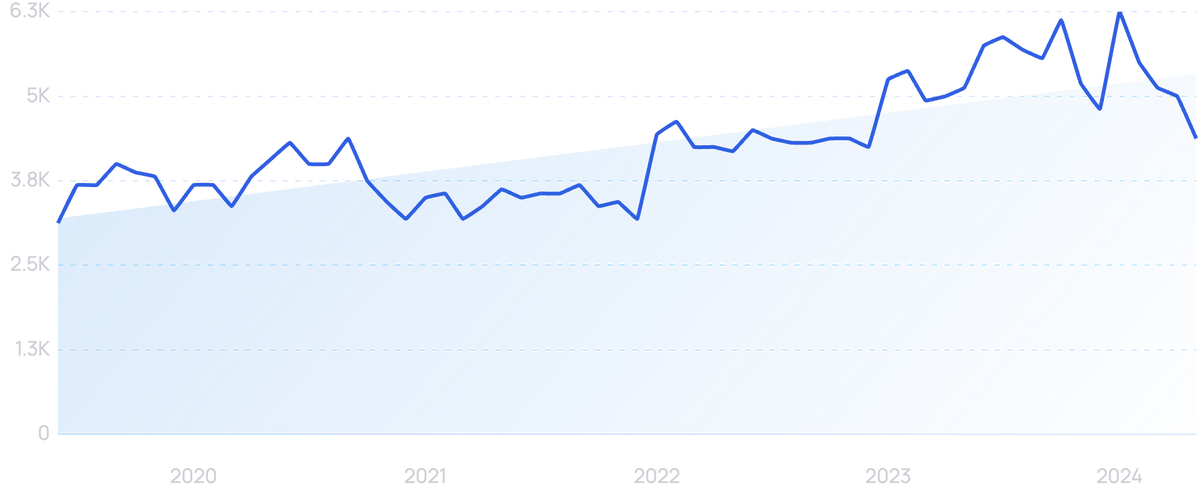
6 Top Advertising Trends to Watch (2025 & 2026)
This is a list of the most important trends in advertising right now.
Specifically, we're going to cover how AI, social media and consumer behavior are impacting how advertising dollars are spent. And how creatives are made.
With that, here are the top advertising trends to know.
1. AI takes a prominent role in advertising
Artificial intelligence and machine learning are sparking a revolution in the advertising space.
Searches for “AI advertising” have grown by 557% over the past two years.
Semrush reported that AI technology is most widely prioritized in marketing and sales departments compared to other company departments.
The Interactive Advertising Bureau estimated that 80% of digital media marketers will be using AI in some way in the near future.
In marketing and advertising, AI is making a real impact in terms of data analysis and efficiency.
One stat shows that every week “marketers waste 5 hours and 36 minutes trying to improve their data processes (and fail)”.
Advertisers are using AI tools to improve the way they test and optimize impressions, click-through rates, bid levels, and targeting.
(Essentially automated programmatic advertising.)
Rather than humans spending days or weeks doing this work, AI tools can see patterns in the data and predict what will perform best, all in seconds.
One company, RedBalloon, was spending $45,000 per month on PPC advertising.
Then, they put an AI program into place. The machine could test 6,500 variations of a Google text ad every day. The company now averages a 1,100% return on ad spend.
An ecommerce company used AI to help them split-test Google ads. And it dramatically improved their ROI.
Phrasee, an AI program that generates and optimizes ad copy, worked with Wowcher, a deal-of-the-day site, on a recent Facebook ad campaign.
They tested human copywriting versus Phrasee copywriting — the AI ads decreased the cost-per-lead by 31%.
And Bayer Australia used AI for trend forecasting to optimize their ad timing and targeting for peak flu and cold outbreaks.
Which ultimately reduced their CTR cost by 33% compared to the previous year.
AI can do more than optimize campaigns. It can also help create them.
Advertisers are increasingly relying on generative AI platforms like ChatGPT to generate ad campaign concepts, ad copy and even creatives.
In fact, a recent survey found that advertising is currently the #1 marketing use case for AI tools.
AI is increasingly being used to in ad campaigns.
Specifically, 32% of marketers are using AI to create, run, manage and optimize their ads. A figure that's likely to go up in 2025.
2. Video ads get shorter and shorter
Mobile video ad spending in the US is estimated to reach $53.9 billion by 2025.
You can expect the vast majority of that newfound ad spend to go to short-form video ads.
Today’s consumers have little patience for long videos.
In fact, more than 25% of adults say they’ll close out a video after only 10 seconds.
More than half say they’ll close it after 20 seconds.
One analysis found that Instagram videos should be no longer than 30 seconds, Twitter should be limited to 45 seconds, and Facebook videos should stop at 1 minute.
Look for more and more ad specialists to stick to these guidelines — even going a bit shorter — in the coming years.
Some brands are trending toward ultra-short, but incredibly engaging, ads to beat the dreaded “skip” button on YouTube.
A recent Wyzowl report shows that nearly 100% of current video marketers say they’ll continue using video in 2025.
More than 95% of them plan to maintain or increase their budget for video.
68% of marketers who didn’t use video say they planned to start in 2024.
Video is likely to account for a large percentage of advertising dollars in the coming years.
3. Ads lose the sound
We’ve all been there.
We're on a webpage when a video ad we can’t see starts to play at full volume.
It turns out that this type of situation annoys a fair number of people — 66% of people say they hate it when video ads automatically play with sound.
Outstream video is one option that may be a popular alternative in the coming years.
These types of videos are integrated into the content the user is reading.
They start playing without volume when the user scrolls over them and pauses once they are out of view.
Example of an Outstream video ad.
Statistics say that out-stream ads have a higher CTR (click-through rate) and longer engagement rate than in-stream video advertising.
One report stated that advertisers are paying as much as $45 per thousand impressions on outstream ads.
Captions on social media ads are another way advertisers are adapting to this trend.
Digiday reports that 85% of Facebook users watch videos with the sound off.
A recent study by LinkedIn found that 79% of videos on their platform are viewed without sound.
Facebook reports that videos that use captions increase viewing time by 12%.
Searches for “video captions” have increased 215% in 5 years.
Animated ads are another easy-to-digest format for consumers who don’t want sound.
Businesses use ads with graphics in order to make content easier to comprehend and emotionally captivate their target audience, too.
Slack, the business communication platform, frequently uses animation to make impactful ads.
Slack's video ads are designed to simplify what their platform does.
It’s just one of the reasons they are the fastest-growing SaaS company ever.
4. Advertisers capitalize on the popularity of mobile gaming
Nearly 70% of gamers say they would give up social media or TV before they’d give up mobile gaming.
In that same study, users said they’re twice as likely to pay attention to in-game display ads than they are to ads on the internet.
Along with typical banner ads, there are interstitial ads and “reward” ads on mobile gaming apps.
Interstitial ads are put at stopping points in the game, so they don’t feel unnatural to the user.
They also take up 100% of the users’ screen.
Reward ads offer users game points, currency, or another gaming-related benefit for watching the entire video ad.
Example of a reward ad.
This type of ad offers much better engagement rates and a $30CPM.
Statistics show that users don’t mind watching these ads.
More than 70% of gamers said watching video ads is their preferred way to “pay” for in-game content.
One marketing firm reports, “Verticals such as healthcare, consumer packaged goods, and automotive, have run campaigns via gaming ad formats and have seen engagement increase by 10% year-over-year, and completion rates of 90%”.
Some advertisers have ignored mobile gaming marketing because of the perception that the large majority of gamers are made up of a single demographic: male teenagers.
However, data shows that 46% are women — that’s 1 billion women. And, 40% of gamers are between the ages of 25 and 44.
AdColony, an agency focused on mobile ads, reports that major companies are jumping on this trend.
Unilever, Coca-Cola, and Ford are already “investing heavily” in in-game ads.
Fortune 500 brands are starting to make in-game ads part of their marketing strategy.
Molson Coors Beverage Company also recently increased its focus on ads in gaming apps.
The company saw many 21 to 24-year-olds get into mobile gaming in response to the pandemic and shifted the brand’s ad budget to capture their attention.
5. Consumers demand authenticity in social media ads
As advertisers seek out improved efficiency through non-human resources, consumers - especially Gen-Zers and Millennials – are at the other end of the spectrum.
They’re calling for more authentic messaging from brands and in the ads they run.
Studies have shown that more than 75% of consumers say they trust content from average people more than content from brands.
Marketing and ad professionals are turning to social media to create a balance between typical brand content and user-generated content that conveys the human side of the brand.
Influencer marketing is one way the advertising industry is working to humanize its brands.
In one example, the classic dinnerware company Lenox used influencers as a part of its overall strategy to help reinvent the way young consumers see their products.
They partnered with 32 influencers who displayed Lenox’s dishes in a variety of home-based, but non-traditional, settings.
The campaign received nearly 900 link clicks and surpassed potential reach estimates by almost 400%.
Lenox ran a very successful social media campaign that utilized influencers.
Other companies have invested in non-paid brand advocacy strategies through social media.
Some companies call on dedicated employees to serve in a pseudo-influencer role.
Many businesses are tapping into their existing fan base.
Nearly 70% of companies are using or plan to use employees as advocates on social media.
EveryoneSocial reports that content shared by employees reaches 561% further than the same content shared through a brand’s official social media channels.
The majority of marketers are using their employees in brand advocacy roles.
According to a report, 75% of marketers say that adding content from users makes a brand’s message more authentic.
REI is one company that’s created a loyal customer base willing to share their stories on social platforms.
On Instagram, #REIchallenge has over 17 thousand posts, and #optoutside, another hashtag the company started, has more than 19 million posts.
Semrush's Social Media Toolkit helps advertisers manage their company's social media ads and activity in one place. It offers competitor tracking tools, brand monitoring, KPIs, and much more.
6. Amazon dominates the ecommerce ad space
According to eMarketer, ad spending on ecommerce sites has increased nearly 40% since 2019.
Amazon is, by far, the major player in this ad space.
In fact, Amazon accounts for more than 75% of overall eCommerce ad spending.
Amazon’s overall ad revenue exceeds $7 billion. They are followed by Wal-Mart, with ad revenue of just over $1.5 billion.
The company’s has grown nearly 4x over the past 4 years.
Amazon's ad revenue business generates $46 billion pear year.
Reports from early 2021 show that Amazon captured 11% of the US digital ad market.
Searches for “Amazon marketing” have gone up 159% in the past 10 years.
In 2025 and beyond, we may see the platform put even more emphasis on the “sponsored products” displayed in the user’s search results.
These products are featured as the very first search results and again listed at the bottom of the page.
Placement is key here.
One ad agency reports that 35% of Amazon shoppers click on the very first product in the search results.
and the first three products command 64% of all clicks.
Another factor driving Amazon’s growth in ad revenue is the cost - it’s fairly cheap for companies to get started with.
And can provide a better ROI than SEO or search engine ads for many ecommerce businesses.
The average cost-per-click is only $0.71. But the average conversion rate is 9.55%.
In comparison, the average conversion rate on an ecommerce site in the US is just shy of 2%.
Conclusion
That wraps up the top trends driving the advertising industry in 2025.
Digital ad strategies are shifting quickly as consumers spend more and more time on mobile devices and social media.
Look for AI tools to help advertisers navigate these changes and make the most of their budgets in the future.
You may also like:
Stop Guessing, Start Growing 🚀
Use real-time topic data to create content that resonates and brings results.
Exploding Topics is owned by Semrush. Our mission is to provide accurate data and expert insights on emerging trends. Unless otherwise noted, this page’s content was written by either an employee or a paid contractor of Semrush Inc.
Share
Newsletter Signup
By clicking “Subscribe” you agree to Semrush Privacy Policy and consent to Semrush using your contact data for newsletter purposes
Written By


Josh is the Co-Founder and CTO of Exploding Topics. Josh has led Exploding Topics product development from the first line of co... Read more

